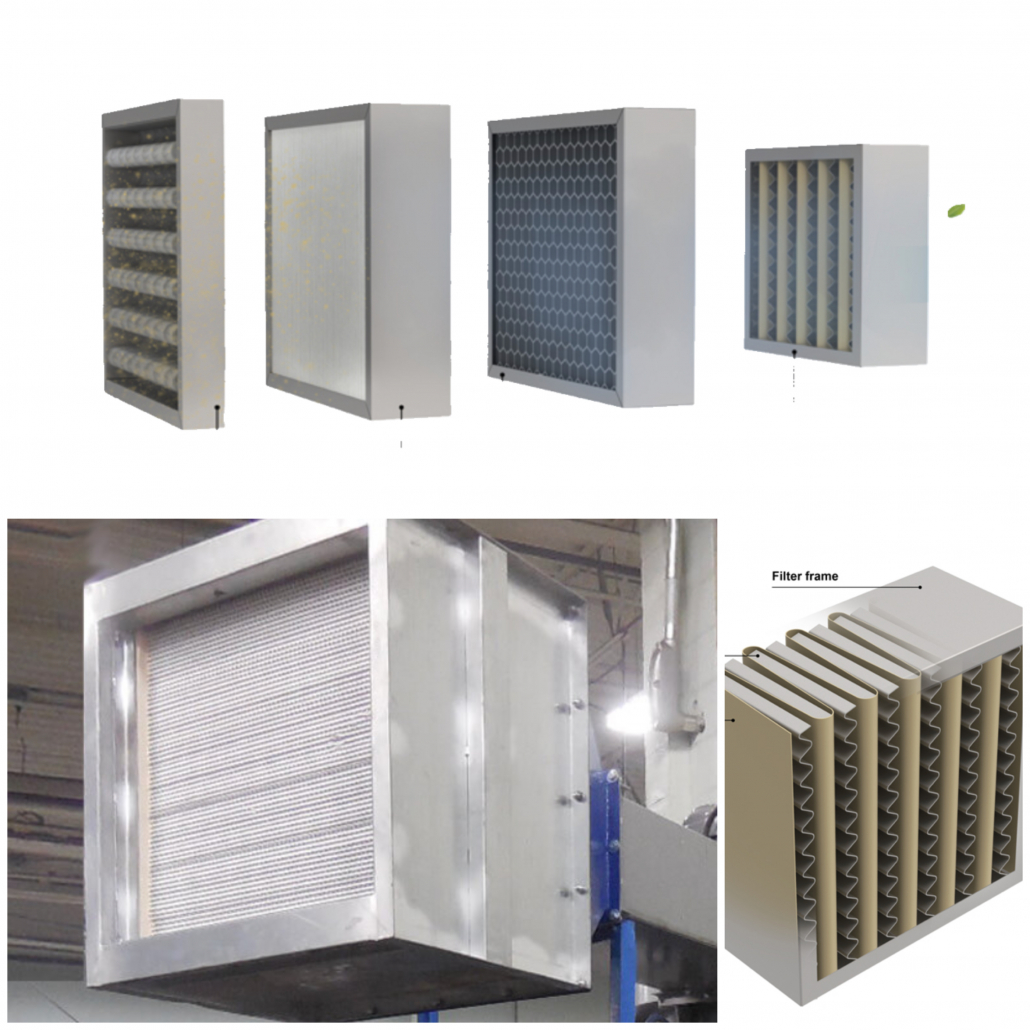Confusing regulations, conflicting methods of application, and unpredictable enforcement of industrial emissions regulations often leave many companies scratching their heads at what they did wrong. This article is part of a series about industrial air permits and their relationship with your dust collection system. See earlier article: Industrial Air Permits – Overcoming the Difficulties
(Baghouse.com – September 10th, 2011) – Governmental environmental regulations are often praised for the role they play in helping to keep our planet clean, and protecting us from hazardous by-products of our modern industrialized world. However, as these regulatory bodies increase in size, and influence, many claim that they have become inefficient, bogged down due to their overly bureaucratic organization, and even as “corrupt” as the big business polluters they are charged with protecting the public against.
We can see this in a recent article from Ethanol Producers Magazine; the article highlights the plight of a group of ethanol plant operators, and their constant struggles to understand and comply with needlessly complex environmental regulations, and permits issues by state and federal agencies. The article explains how sometimes permitting agencies require certain standards to be met in their permit proposals, that do not have any regulation behind them. These unnecessary requirements are simply confusing are not are not fair and are the result of over-regulating, states Jessica Karras-Bailey, an associate with RTP Environmental Associates Inc.
While certain states may have stricter emissions standards that others, in general the problem lies with permit issuing agencies, and officials going above and beyond what is required by federal and state legislation. In one cited example, an ethanol plant permit proposal would have required truck with grain shipments to follow a specific pattern within the site (taking a right turn, drive in a counterclockwise direction, and then leave by taking a left turn). Failure to enact this provision would have left the plant in non-compliance with the permit, leading to heavy fines and possibly forced closures. Provisions such as this obviously left management confused, wondering why such a requirement was mandated by existing regulations, as well as how they could possibly implement such a thing in a practical way.
Instances such as this highlight the almost “Mystic Elements” that these permits can sometimes require of plant operators. Often times companies are simply at a loss, not knowing what action to take, all the while fearing the repercussions that might come from not complying with these regulations.
In the instance cited above, the plant management turned to a consulting firm that specializes in helping facilities come into compliance with pollution control regulations, and with negotiating with permitting agencies. They were able to learn why the state’s permitting officials had placed this peculiar requirement in the permit (air dispersion modeling reasons). After that, the firm was able to negotiate with the agency, explaining that from a practical standpoint, it simply was not possible, and find a more flexible solution that was acceptable to both parties. “But it’s not always easy,” stated the consultant, and we tend to agree with that conclusion.
Air Permitting Compliance Help & Advice

Do governmental pollution regulations have you feeling like this at times? EPA clean air regulations (NAAQS, NESHAP, etc…) for particulate matter (PM2.5), mercury, and other VOCs can be easily met by operating a proper dust collection system at your facility.
In researching this article, Baghouse.com contacted several consulting firms that specialize in helping facilities with the environmental permitting process, and advise them on ways to bring their sites into compliance with said regulations. We managed to speak with Brian Burdorf at Trinity Consultants, Inc. based in Dallas, Tx. about some of the more common issues that companies encounter during the permitting process, and what actions these firms can take to ensure compliance. We asked for some specific standards that among the hardest for companies to meet, and which ones can be affected by dust collection system performance the most.
Burdorf, mentioned that most difficult sections of current U.S. clean air regulations for companies to come into compliance with are the National Ambient Air Quality Standards (NAAQS), and associated U.S. EPA dispersion modeling requirements for demonstrating compliance with nitrogen dioxide (NO2), sulfur dioxide (SO2), and fine particulate matter (PM2.5). In addition, with regards to dust collection systems, he adds that the National Emission Standards for Hazardous Air Pollutants (NESHAP), Maximum Achievable Control Technologies (MACT), and New Source Performance Standards (NSPS)for industrial-commercial-institutional steam generators (boilers), electric utility steam generating units (utilities), portland cement manufacturing, and similar industrial processes are particularly challenging for companies to meet.
Theses standards, many of which have been updated, or otherwise expanded in recent years, require higher emissions standards that are increasingly complex, and difficult to achieve with existing or antiquated dust collection systems.
What Can You Do to Ensure Your Dust Collection System Reaches Compliance?
The role of dust collection systems in controlling pollution is growing more vital with each passing year. With tougher limits being proposed/adopted by regulatory bodies for particulate matter within the NAAQS, NESHAP, MACT, and NSPS, many formerly compliant sites are being forced to upgrade their existing systems, or install completely new equipment (such as replacing ESPs with Baghouse technology). With so many industries being affected by these rules, naturally the rules are complex, and often apply differently to different industries, and require different tactics for different industries and processes to reach compliance.
If you are confused and intimidated by the seemingly insurmountable challenge presented by the air permitting process for your facility, fear not for you have several options available to help you overcome these challenges. This topic will be covered in of our next article in this series here on Baghouse.com. We will discuss which exact regulations apply for different industries, what part certain technologies (Baghouse, filters, mercury capture systems etc.) will play in meeting the standards of tomorrow, and how you can plan to meet these standards not only for the present, but also for the future as well. If you have any specific questions that cannot wait until then, feel free to contact us here at Baghouse.com for assistance and we will be glad to help.
[author] [author_image timthumb=’on’]https://www.baghouse.com/wp-content/uploads/2011/08/DSC042141.jpg[/author_image] [author_info]
Dominick DalSanto is an Author & Environmental Technologies Expert, specializing in Dust Collection Systems. With nearly a decade of hands-on working experience in the industry, Dominick’s knowledge of the industry goes beyond a mere classroom education. He is currently serving as Online Marketing Director & Content Manager at Baghouse.com. His articles have been published not only on Baghouse.com , but also on other industry related blogs and sites. In his spare time, Dominick writes about travel and life abroad for various travel sites and blogs.
[/author_info] [/author]
References:
http://www.ethanolproducer.com/articles/7566/permitting-a-big-ticket-item






